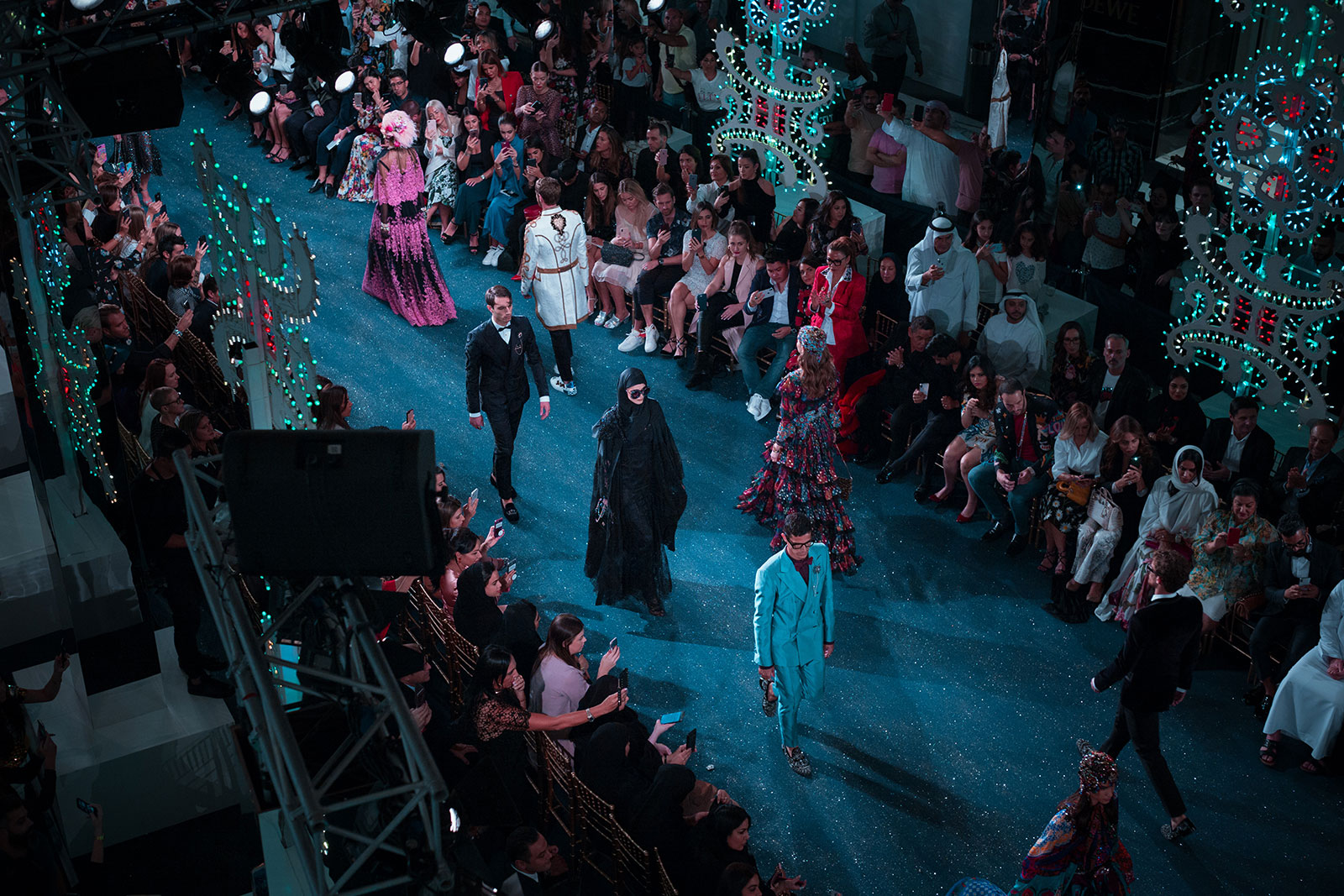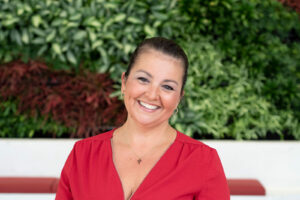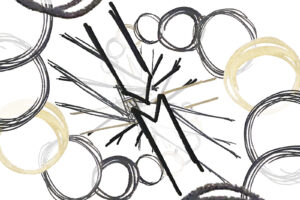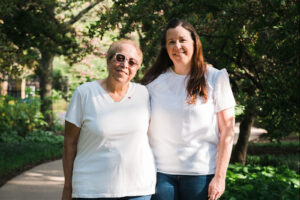“You can look at Fashion Fights Cancer as a sanctuary,” says founder Ty Canty. The organization, which offers a variety of fashion-focused therapeutic programs for cancer warriors and thrivers, has become a staple both online and in its homebase of New York City. But Canty says its origins grew not just out of a desire to give back, but out of his own health scare.
In 2004, Canty found a cyst. Although the cyst was benign, Canty said the experience of potentially having cancer still scared him.
“It caused me to have panic attacks,” he recalls. “I was interested to see if any other patients had the same effects. If they were diagnosed with cancer, or maybe if they had a cancer scare, did that have that same sweating? Did they start to lose their hair? Did they panic?”
Once Canty began volunteering at Beth Israel Hospital in Boston, he soon learned that most of the cancer patients were facing similar psychological effects from their diagnosis. “I think that doctors do a tremendous job of treating actual cancer,” Canty begins. “But it made me think [that] it would be great if there was an organization to address the psychological and emotional parts of the cancer.”
Fashion Fights Cancer was born.
The core of Fashion Fights Cancer is their classes. The organization works with international designers from New York Fashion Week to create hands-on experiences for cancer warriors and thrivers. Some may learn to make accessories or clothing. They’ll learn how to make a mood board or how to sew or how to cut fabric, among other skills. They also launched photography classes where patients can learn skills from professional photographers.
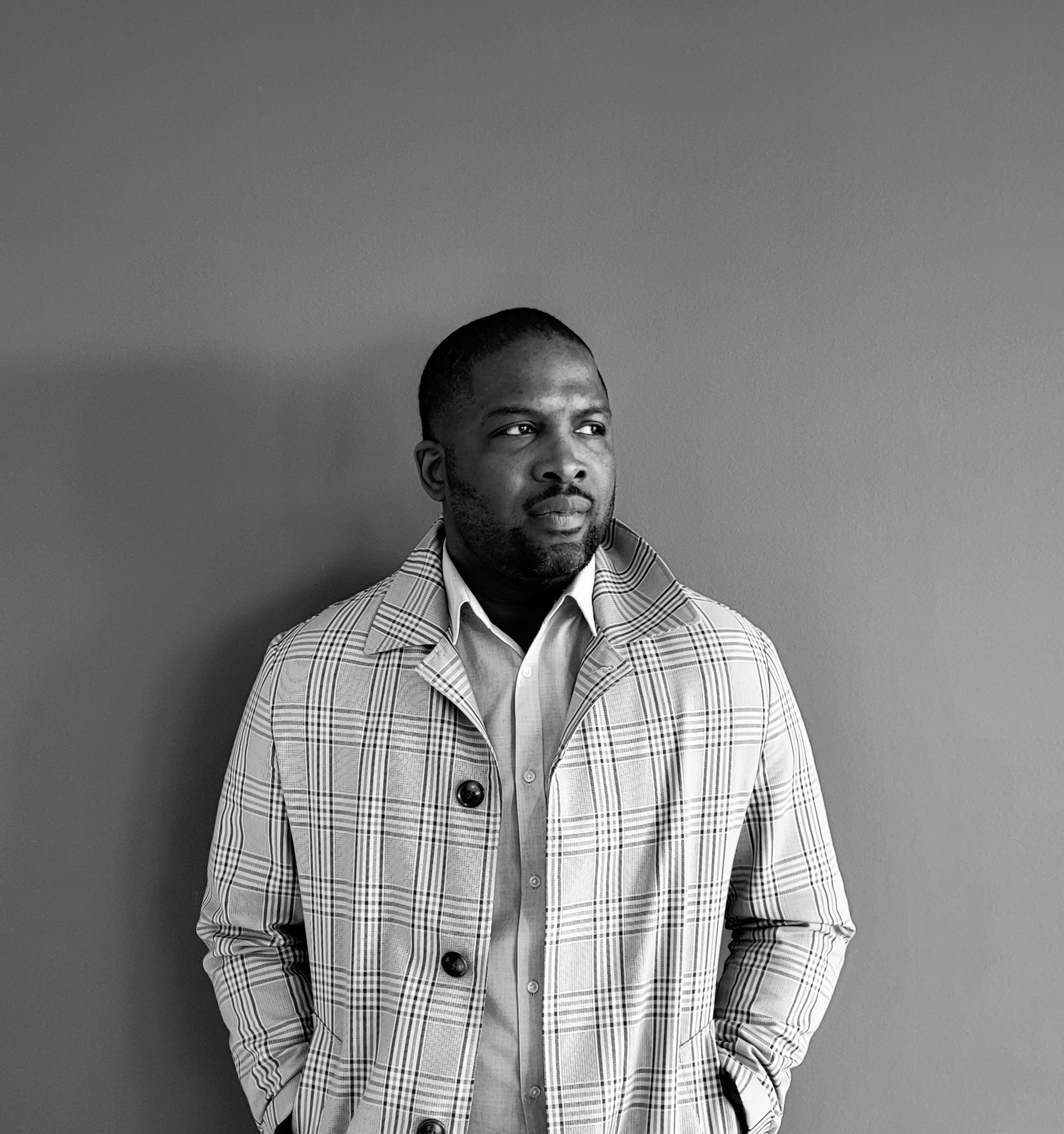
Canty describes the classes and workshops as therapeutic.
“I think when anyone is diagnosed with cancer, this tremendous fear, anxiety is somewhat of a burden for the patient,” Canty explains. “One of the things that I learned that was so profound [from] one of the women in a class is they just want to be treated how they were before they were diagnosed with cancer.”
FFC also provides warriors and thrivers the opportunity to do safe physical activities and create something tangible. “Anytime you’re using your hands, you’re creating,” Canty adds. “You’re not just thinking about what you’re going through. I think that’s really helpful.
But most importantly, FFC’s programming helps foster community where it’s often difficult to find. For many younger thrivers and warriors who struggle to relate to the conversations and people in support groups, FFC may just be the right fit. Here, fashion makers and lovers can come together and make something outside of themselves. “It builds a kinship. It builds a family of people that you’re surrounded around and built with the same situation,” adds Canty. “You’re more comfortable, you’re more open.”
Due to the COVID-19 pandemic, Fashion Fights Cancer’s programming was moved to online. However, unlike other organizations which solely rely on in-person interactions to foster audience and community, FFC soon learned turning digital was a greater benefit for its audience. Virtual classes reach more people around the globe and allow the most vulnerable warriors and thrivers to stay safe and comfortable. “I think the hidden blessing of COVID, if there is one, is that it [allows] us to reach other people,” says Canty. Participants during the pandemic came from such distant countries as Poland and Germany, expanding FFC’s mission beyond its New York City homebase.
Outside of their traditional classes, FFC has begun expanding its initiatives. Its National Contributor Program works with designers, photographers, editors, models and other experts to give back. This can range from teaching one-off workshops to designing limited-edition products. They’ve also launched the FFC Therapy podcast where guests can discuss topical news and events. Past guests have included designers Jason Wu and Francesca Liberatore.
Another one of their major initiatives moving forward is to bridge the gender gap in discussions about cancer and men. As Cancer Wellness has frequently reported, the discrepancies for men regarding screenings, time of diagnosis and the psychological ramifications of cancer remain dire. “Sometimes, we as men can be kind of difficult, especially about going to get checkups,” Canty admits. “We have this false bravado sometimes, like we don’t need to get checked up or go to the hospital.”
But organizations like FFC continue to do the hard work of connecting to an audience more likely to brush off concerns about their health rather than stay aware of it. In response to these statistics, FFC has launched a watch program for men that teaches them how to create their timepieces. Not only do participants leave with a beautiful piece of craftsmanship they made themselves, they also are reminded of the importance of time, the passage of it and how it ultimately affects their own physical and mental health.
As the global cancer community continues to grow, so too does the need for organizations like Fashion Fights Cancer. “Fashion has tremendous power,” Canty says. “It’s a business medium that everyone shares, whether you wear expensive clothes or not-so-expensive clothes. We all need clothing, food and shelter.” We also need community, something FFC provides in abundance.
For more information on Fashion Fights Cancer, visit fashionfightscancer.org

